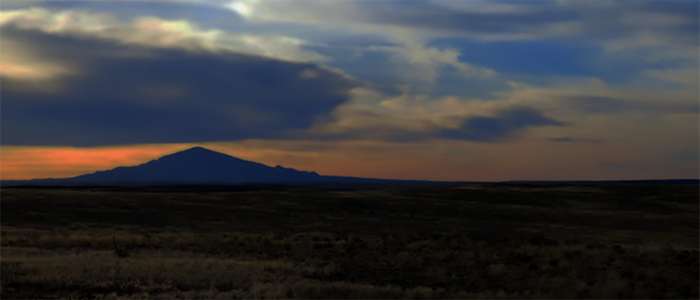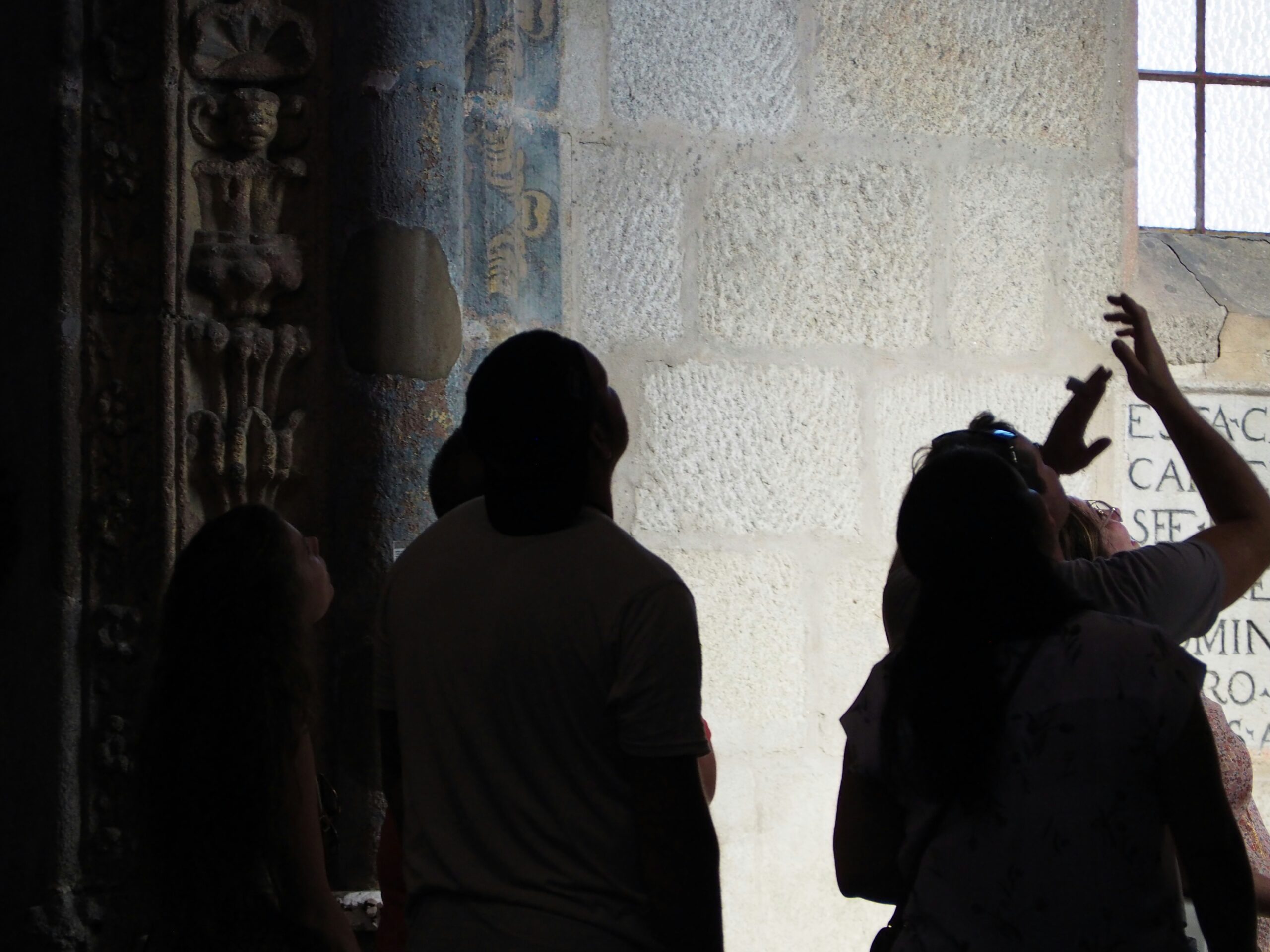For the next few weeks, we’ll be observing an anniversary: 10 years since we left San Francisco and moved to Ann Arbor. I’ll repost articles Frank and I wrote at that time for our Ann Arbor blog, aSquared. Bittersweet, very definitely they will be, bittersweet.
[It’s aSquared’s First Birthday … we’re celebrating by looking back at events from a year ago … skip these retro posts if you’re not into sentimentality.]
‘Tonopah (I still don’t how to pronounce it properly) is the very definition of ‘Middle of Nowhere’ …
‘Tonopah, NV
‘Population 2627 (2000 census). Seat of Nye County, the third-largest county in area in the United States.
‘Founded in 1900 by Jim Butler (whom one Nevada historical site describes as the “laziest mining tycoon of all time”). Folklore has it that Butler, while prospecting, lost his burro in a windstorm. The burro cowered beneath a rock outcropping. When Butler found the cowering beast, he noticed something unusual about the rock, chipped at it, struck paydirt, and started the last silver rush in Nevada.
‘Tonopah grew within two years from a rock outcropping to a bustling mining town of 3000. Wyatt Earp ran a saloon here from 1902 to 1905. The big news in town the day before we arrived (according to the Pahrump Valley Times) was that a defendant company planned to appeal after a jury had awarded $136 million, the largest judgment in Nye County history, to Equatorial Tonopah Inc., a US subsidiary of the Sydney, Australia-based Equatorial Mining Ltd, in a judgment against Kvaerner Inc., a US subsidiary of a Lysaker, Norway-based engineering construction firm. Equatorial Tonopah’s lawsuit alleged that Kvaerner had made faulty projections on the feasibility of a copper mine 17 miles north of Tonopah that Equatorial Tonopah had bought for $15 million plus $32 million in equity from Cyprus Amax Metals in 1997 (and, after the yield proved far less than what Kvaerner had projected, closed in July 2001).
‘I drove us into town around 8.00. As we came in off Highway 95, from twenty and ten miles off the town looked like something out of a mirage, there one minute and not quite there the next. The town and its surroundings were undoubtedly awe-inspiring physically. The San Antonio Mountains, which turn pink and amethyst in the sunset, are stark, lonely, and majestic. The town itself is like something out of a John Ford Western. The Mizpah Hotel, the town’s main landmark, founded in 1907, sits in the middle of Main Street with a huge ghost-town sign announcing its presence.
‘Among the people illegitimately claimed to have connections with the Mizpah: Jack Dempsey, who allegedly worked as a bouncer there (although, according to the Nevada State Library and Archives, he “only” fought a match against Johnny Sudenberg in Tonopah in June 1915 and didn’t actually work at the Mizpah in any capacity), and Howard Hughes, who allegedly married Jean Peters there (although, according to the same source, Hughes actually married Peters in January 1957 in his apartment at the L&L Motel, not at the Mizpah).
‘As we came to our hotel, the Best Western Hi-Desert Inn, we were greeted by ominous glares from a bench full of well-wishers on the sidewalk in front of the hotel. The sound of yowling children sailed in the window when I rolled it down to get a breath of fresh air. The bellboy cart we dragged out to the Jeep to load our overpacked possessions nearly collapsed under their admittedly copious weight. A bunch of kids who apparently lived in the neighborhood behind the hotel favored using the parking lot as a skate park.
‘After we settled in, we decided to go try to find something for dinner. No restaurants looked open, so we stopped at Scolari’s, a supermarket at the south edge of town (which, essentially, was about a quarter mile down Main Street from the hotel). The supermarket had a big parking lot, but like the lot, the market was almost deserted, except for a few shoppers and the handful of employees staffing the place. It was 9.00 on a Thursday night but it felt like Sunday around 11.00. We grabbed a few frozen comestibles and went to the checkout counters, where a strapping brunet clerk asked Steve whether he was “ailing” because he grabbed at his belly while trying not to drop the pizza package in his hand. The clerk was almost painfully polite, in a sickly kind of way that would have seemed sarcastic if it had not been so seemingly ingenuous (and if it had not been almost anywhere but California).
‘At the other end of the spectrum, the main drag seemed to be a public meeting space for the area’s bored teenagers, who screeched up and down it in their souped-up cars and noisily marked their territory with testosterone-laden skid marks. The absinthe-green Silver Queen Hotel sign and the lit-up neon cross from a generic Protestant chapel behind it added a final bizarre touch to the evening.
‘I was content to spend the rest of the night in the hotel room watching the Weather Channel. I guess it was the xenophobic and suspicious California Blanche DuBois in me realizing that I was 355 miles from Oakland and that Tonopah marked the point at which there really was, barring some unforeseen emergency the nature of which it would be impossible to conceive, no turning back.
‘Tonopah reminded me of nothing more clearly than the eerie, vaguely hostile tiny towns along the highway that Inger Stevens encountered in the 1960 “Twilight Zone” episode in which she is traveling cross-country, has a blown tire outside Pittsburgh, and begins getting tailed by a silent porkpie-hat-wearing hitchhiker wherever she goes, eventually realizing somewhere in Arizona that she actually died in the blowout and that the hitchhiker is the Grim Reaper.
‘—Posted by Frank at 23:59:00 | 14-Aug-03












